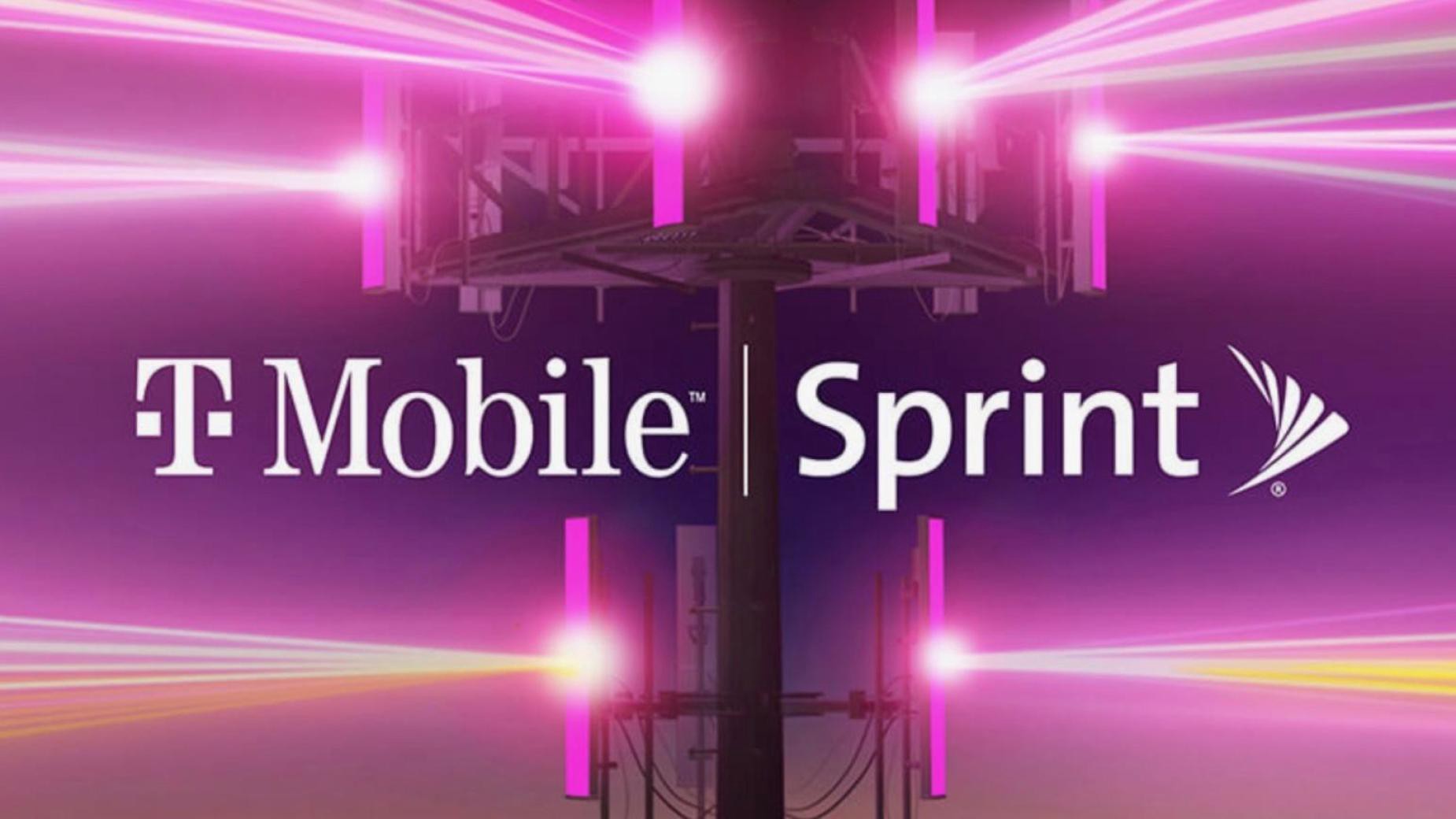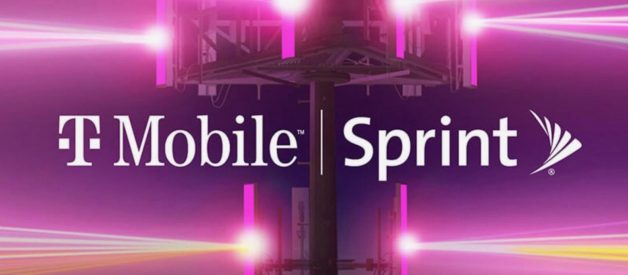
Existing Sprint and Boost subscribers need not fear the ?new T-Mobile.? Here?s what the carriers? merger means for Sprint customers and how they can prepare.
By Sascha Segan
Sprint and T-Mobile are merging-finally. If you?re an existing Sprint customer, there?s nothing you need to do yet. Your phone will still work, your plan won?t change, and you can go to the same stores for service.
Rather than a quick cutoff, you?re going to see a slow switch with lots of opportunities to change trains. Sprint stores will close or turn magenta starting later in 2020. Older Sprint phones will work until the end of 2021, and your service plan is safe until 2023. Don?t panic, but keep an eye out for opportunities.
Do I Need a New Phone?
Not yet. New T-Mobile will continue basic CDMA voice service even on older phones until December 31, 2021, according to the last I?ve heard. But data performance on some older Sprint phones will decline noticeably as T-Mobile turns Sprint?s Band 41 LTE network over to 5G, and the company tries to shift users over to T-Mobile?s 4G frequency bands. And those older phones won?t benefit from the expansion in coverage, speed, and call quality that will come from New T-Mobile?s new network.
Nothing?s going to change immediately. The process of repurposing Sprint?s network for T-Mobile will take years, although there?s going to be a lot of work in the next six months. I?d say, keep an eye on your phone?s performance over the next six months and judge it that way.
In general, for the future, you want a phone that was released starting in early 2018. To best use the new network, it needs to have LTE frequency bands 2, 4, 12, 66, and 71, although in a pinch you can do without band 71 unless you live somewhere really rural. This list shows the 91 models that have those bands so far. Recent Sprint phones, even inexpensive ones, tend to have all of those bands other than 71. You can check to see what your phone has on frequencycheck.com, and if in the future you see performance declining, you?ll know an upgrade will help.
Ideally, you also want a phone that supports voice over 4G (VOLTE), which will take advantage of all of those 4G airwaves rather than the steadily declining old Sprint 2G CDMA network. This page has a list of all of the phones with that capability.
What Happens to My Plan?
T-Mobile has committed to maintaining the service plans of anyone who was a subscriber to either service as of February 2019 for the next three years as of April 1, 2020 (five years, in California). However, you should expect that those legacy service plans wouldn?t always survive a new phone purchase. Upgrading your phone means T-Mobile may ask you to upgrade to one of its current service plans; switching from an older 4G phone to a new 5G phone and plan almost certainly will.
The merged company has committed to not raising prices for three years, so look at prices for Sprint and T-Mobile right now; that?s what you?ll pay on a new plan. Expect prices to go up after three more years.
Do I Get T-Mobile Coverage Now?
Yes! Make sure your phone is updated, and you should be able to use T-Mobile?s 4G network where Sprint?s is not available. Your phone will still prefer Sprint?s network-if there is any Sprint coverage where you are, you?ll be on that-but if you would have been in a no-signal situation, you will be able to fall over to T-Mobile.
Is This Sprint/Nextel All Over Again?
Older readers may remember the total disaster of the Sprint/Nextel merger, but this merger is nothing like that. After merging in 2004, Sprint/Nextel tried to run two completely incompatible networks in parallel until mid-2013. The company also made a bad bet on the losing side of an early 4G war by choosing WiMAX in 2007. It was a vast waste of energy and treasure on arcane, nonstandard network equipment, and duplicative systems and processes. Nothing like that is happening now.
Sprint and T-Mobile use the same 4G and 5G standards, and their incompatible 2G and 3G networks were headed out the door anyway. They are using the global standards for these technologies. Lots of phones are available now that can handle both networks. And rather than keep parallel tracks the way Sprint and Nextel did, T-Mobile appears to be primed to break down most of Sprint?s network and move everything over to a single system.
What About 5G?
T-Mobile is repurposing Sprint?s 5G network for its own system. Sprint Galaxy S20 series phones will be able to use T-Mobile?s 5G network. But as Sprint?s 10 5G cities wink out one by one to become T-Mobile 5G cities, first-generation Sprint 5G phones such as the LG V50 and OnePlus 7 Pro 5G will become 4G devices.
It?s not entirely clear what will happen with other newer Sprint 5G phones, such as the OnePlus 8 and LG V60. T-Mobile execs have said the phones can work on T-Mobile?s network but they haven?t made any hard promises.
What If I?m With Boost?
Boost is technically being sold to Dish, but it will be running on the New T-Mobile network and from a technology perspective, everything I?m saying about Sprint applies to Boost as well. More Boost users than Sprint users may be on cheaper, older phones, though, so it?s even more important that you check the frequencies on your phone to make sure they?ll work on the new network.
Is This All Good or Bad?
I?ve been following US and Canadian networks for a decade, which has been a great chance to compare a nation with four strong carriers to a very similar nation with three strong ones and a few weaker ones. Canadian networks and coverage are generally better than the experience in the US-the networks are faster and more solid. They?re also more expensive to use, which I anticipate will happen in the US once T-Mobile?s price promise expires in three years.
One backstop we have in the US that Canada doesn?t have is our vibrant MVNO (virtual carrier) market, companies like Google Fi, Ting, and US Mobile, which provide flexible, low-cost service on the major carriers? networks. Until now, the low-cost duel between Sprint and T-Mobile has powered a lot of that market. I?ll be curious to see if that continues.
Originally published at https://www.pcmag.com.


